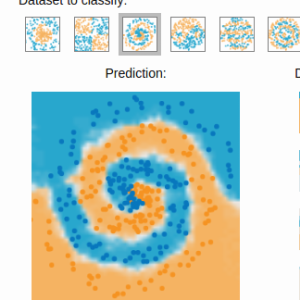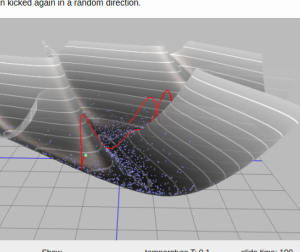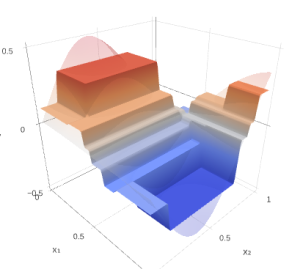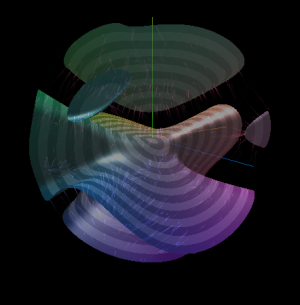Optimization of vector operations with bit hacks
Recently worked on optimization of some (internal) classifier. The problem was mostly not in training, but in applying of trained classifier — this code was originally written in C++ and then translated to cython (which surprisingly decreased the speed by a factor of 2).
This was quite easy rewrite the code using numpy and vectorized approach
(initially predictions were built event-by event, after rewriting the classifier was applied tree-by-tree).
However this gave only speed comparable with original C++ code (and twice faster than cython version).
What really fastened the code is switching from int8 operations to int64
(the latest are natively supported in all modern processors).
So 8 operations in int8 were grouped into one
This is pretty simple to perform by creating views:
In[1]: import numpy In[2]: x = numpy.random.randint(0, 100, size=64000).astype(’int8′) In[3]: y = numpy.random.randint(0, 100, size=64000).astype(’int8′) In[4]: %timeit x & y 10000 loops, best of 3: 60.6 µs per loop In[5]: %timeit x.view(’int64′) & y.view(’int64′) 100000 loops, best of 3: 12 µs per loop # Checked that output is correct In[6]: numpy.all( (x & y) == (x.view(’int64′) & y.view(’int64’)).view(’int8′) ) Out[6]: True
In this simple example we see 5x speed up. Views of course do not copy the data, which is very essential for the speed. This trick can be applied with: summation / subtraction / binary or / binary and, but you need that the size of original array was divisible by 8.
Links
- there is an awesome collection of twiddling bits, which was my starting point in bit optimizations.
- For more about numpy see numpy tips and tricks, see part1 and part2.
 Gradient boosting
Gradient boosting  Hamiltonian MC
Hamiltonian MC  Gradient boosting
Gradient boosting  Reconstructing pictures
Reconstructing pictures  Neural Networks
Neural Networks